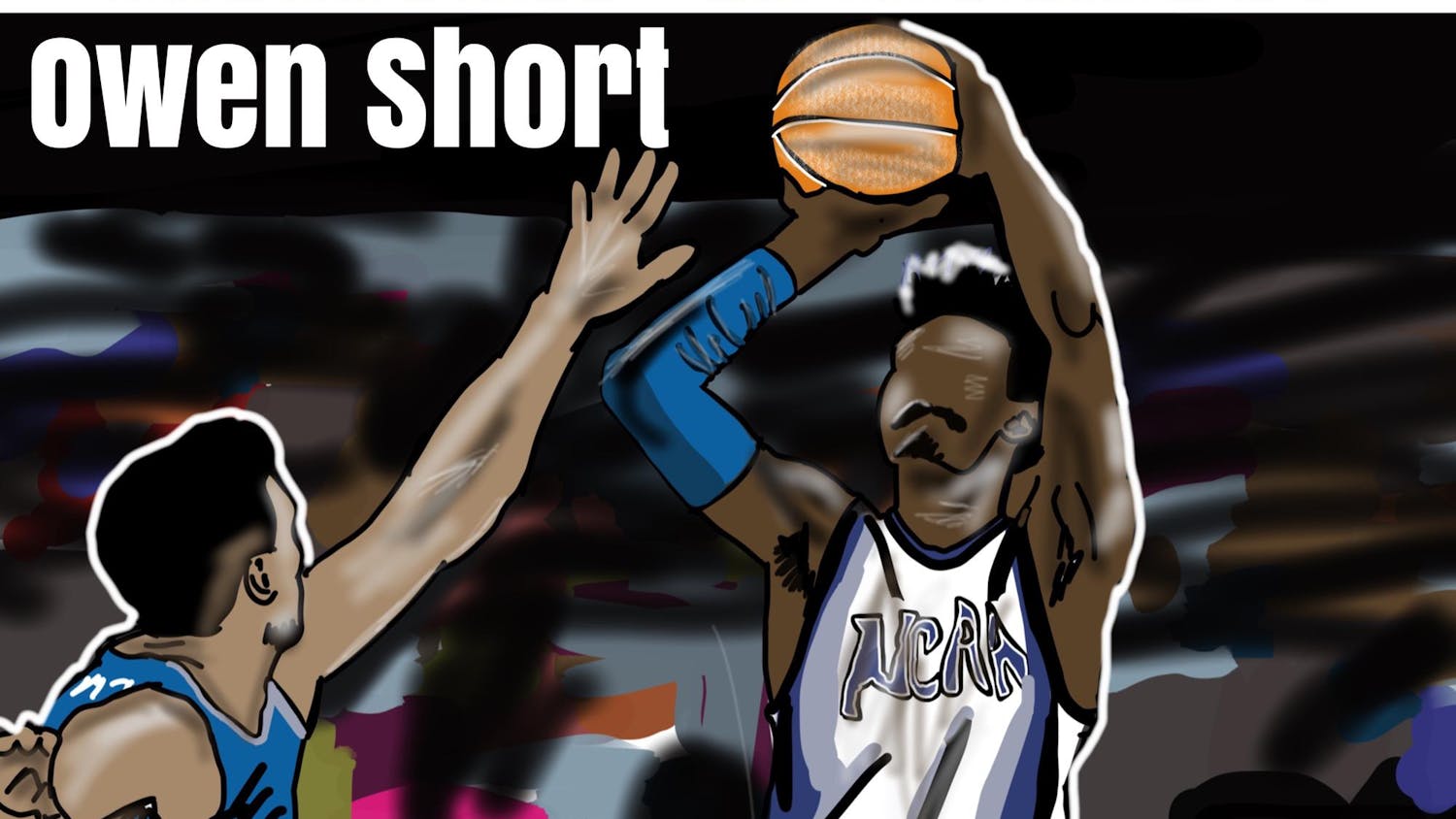It's hard to explain how Dan Deacon became the poster child of today's electronic music avant-garde. But at some point between his graduation from the conservatory at SUNY Purchase and now, the quirky singer/songwriter/sampler/celebrator found himself perched at the fore of a coterie that includes Panda Bear, Girl Talk and the Black Dice.
Deacon just released an exciting new album, "Bromst" (2009). It lays bare the staggering importance of electro pioneer Terry Riley and his legendary "A Rainbow in Curved Air" (1967). On paper, it might seem ironic to tie Riley, widely hailed as the father of minimalism, to Deacon's summit-seeking, bigger-is-better sound. Where Riley built on his loop-laden foundations with disciplined improvisation, for instance, Deacon opts for noise rock-era fuzz. But just listen to how Riley begins "A Rainbow in Curved Air"'s 19-minute title track: He repeats a simple synthesizer line, and then lays other similar patterns on top to create a spinning vapor of inorganic beauty (think of the intro to Animal Collective's new single "My Girls," but a whole lot headier).
On "Bromst's" opener, the five-and-a-half-minute "Build Voice," Deacon repeats a quick clip of his vocals, cut up and smothered in effects to the point of sounding like smooth-churning machinery, and slowly adds other vocal tracks and instrumental sounds. The strong eighth-note pulse never dissipates, and it gives the track a familiar Riley-esque aura.
Riley, like Deacon, earned a degree in composition, then gained acclaim in the early '60s for his eclectic menagerie of compositions, concerts and recordings. These ranged from improvised harmonium performances that lasted all night to trailblazing albums of early tape loops and found sounds. Deacon's early releases similarly comprised sound collages and instrumentals that were either computer-generated or lifted from live performances.
Riley drew heavily on a wide range of influences, from John Coltrane to John Cage to the Hindustani classical singer Pandit Pran Nath. Deacon tips his hat to one of Riley's other influences on the magnificent track "Snookered," which sounds like it was recorded deep within Brian Eno's other green world.
Deacon, who performs his shows from a table in the crowd rather than on stage, puts a large emphasis on communal participation. He often asks audience members to sing a cappella, join him in chants, or dance in giant formations. It's a bit wilder and more animalistic than Riley's famous "In C," a minimalist composition from the '60s that consists of 53 simple melodies to be played on virtually any instrument and at any tempo. But the similarities are unmistakable.
On "Wet Wings," Deacon starts with one haunting female vocal line and lays it over itself, along with a number of other patterns sung by the same woman. The entire concoction builds to a blurry, cacophonous howl that sounds beautiful through good headphones and frighteningly bad through shoddy ones. There are almost no other sounds on this song, just countless tracks of that singing. At its peak, the effect is as riveting as that of "Poppy Nogood and the Phantom Band," the atmospheric second track on "A Rainbow in Curved Air."
Near the end of "Wet Wings," everything suddenly peters out and only one track is left. The woman's lone voice sings with a startling confidence, "The hour of death is near." The line cuts to the core of the so-called "absurdist" worldview, equal parts nihilism and Dada, that is behind Deacon's raucous music. He explained it during a 2007 interview with Art In The Age of Mechanical Reproduction, a promotional company for artists: "Absurdism is mainly defined ... as a philosophy that the universe ultimately has no meaning, and it will be ending in some sort of demise, so why not just go balls-out all the time?"
--
Giovanni Russonello is a junior majoring in history. He can be reached at Giovanni.Russonello@tufts.edu.





